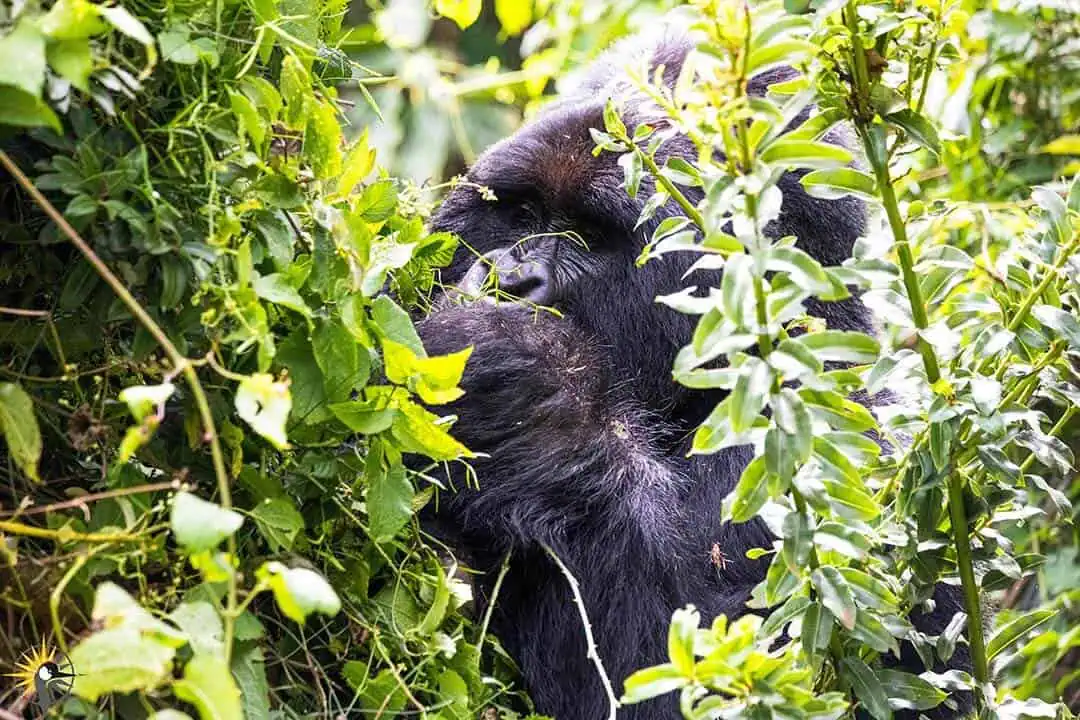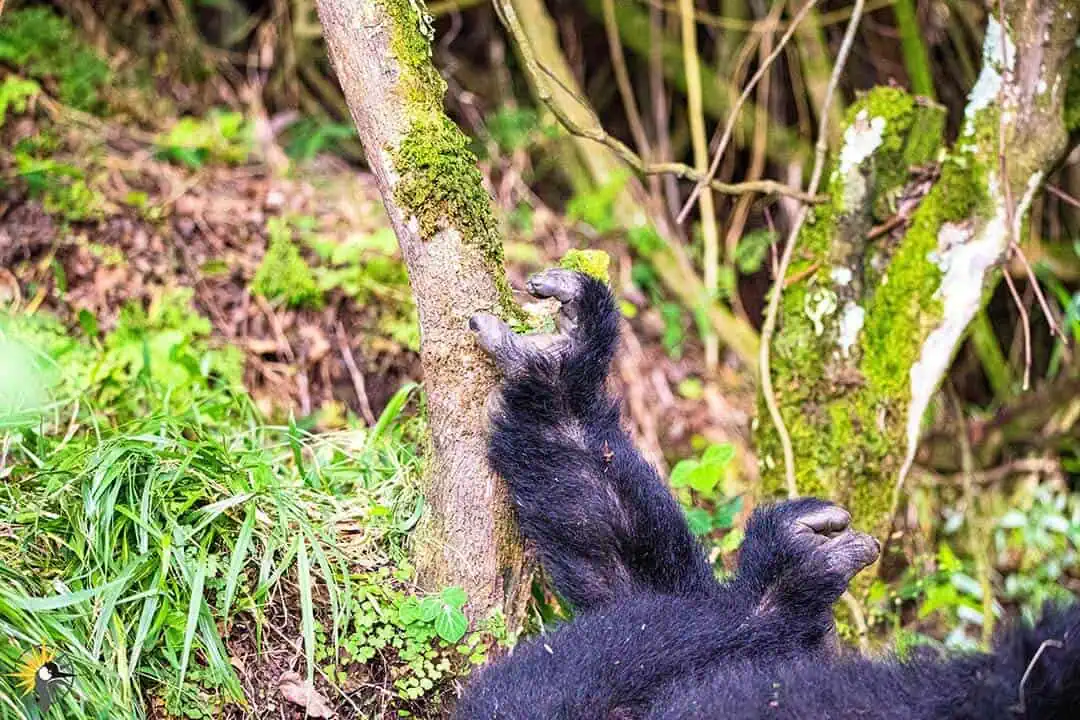
Kahuzi-Biega National Park
Kahuzi Biega National Park is famous as the largest refuge of the highly endangered Eastern Lowland (Grauer's) Gorillas
Explore park

Kahuzi Biega National Park is famous as the largest refuge of the highly endangered Eastern Lowland (Grauer's) Gorillas
Explore park